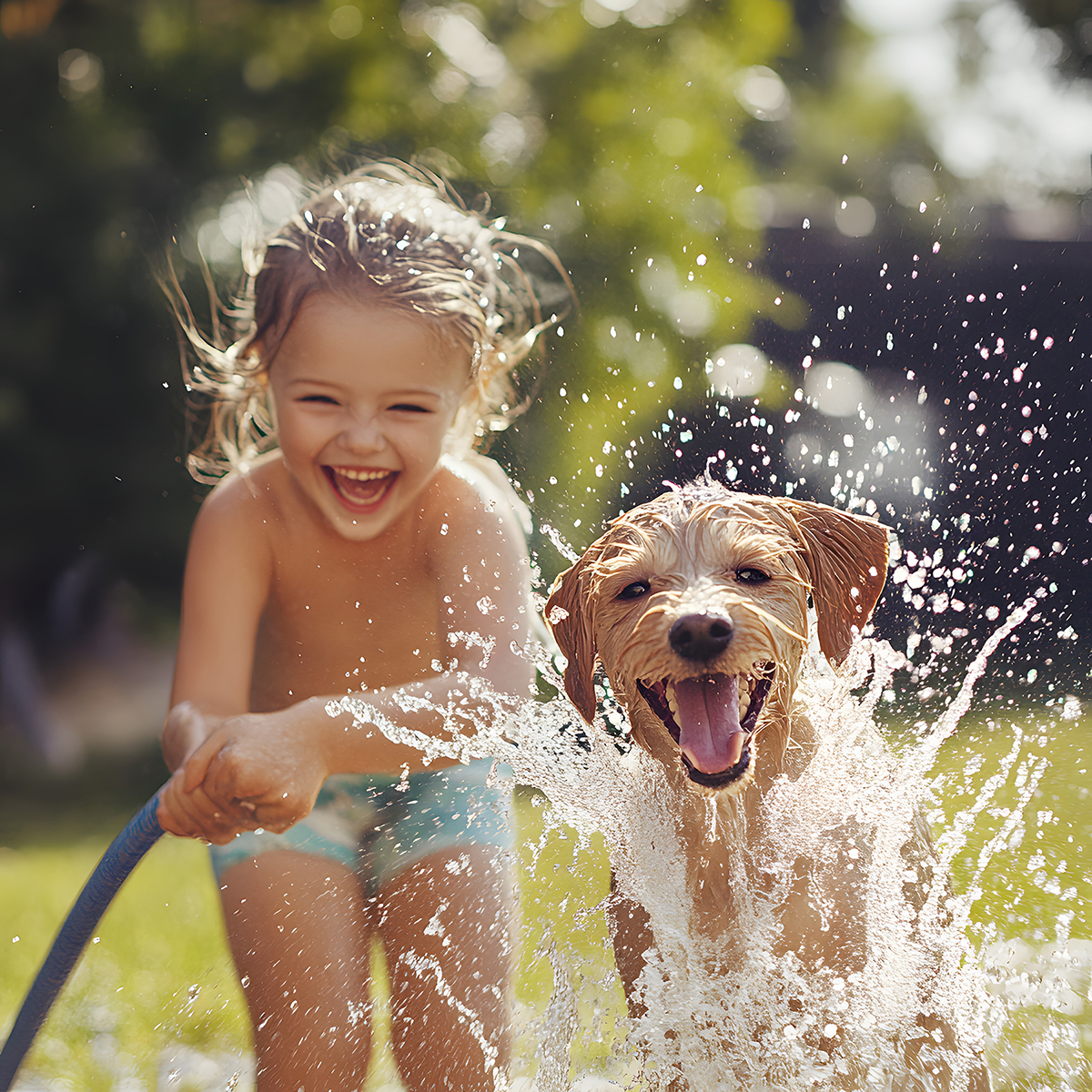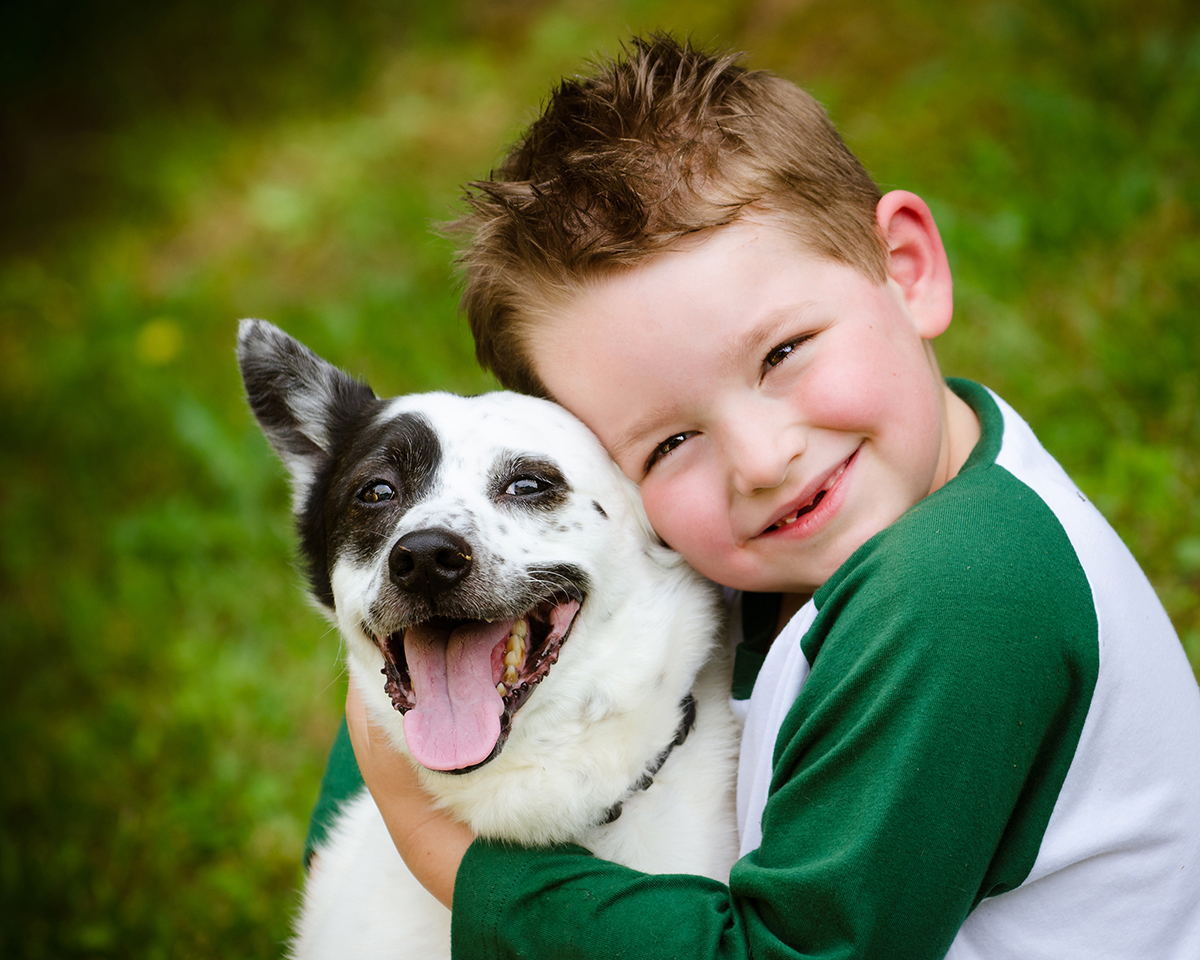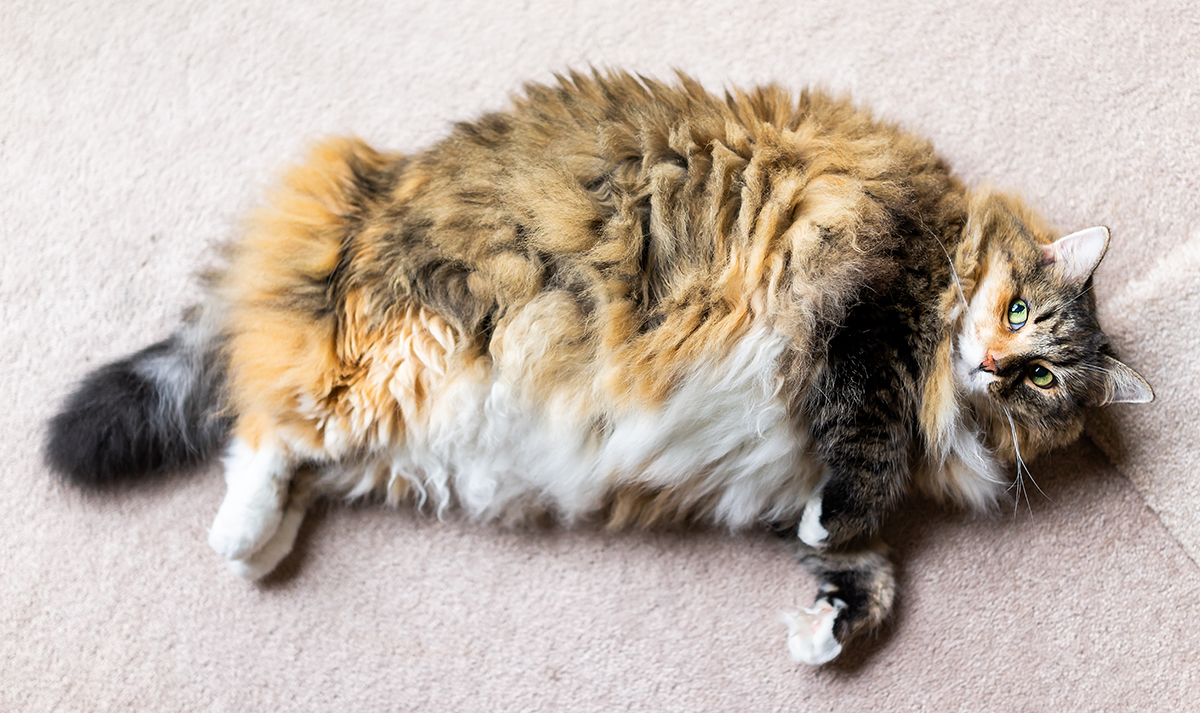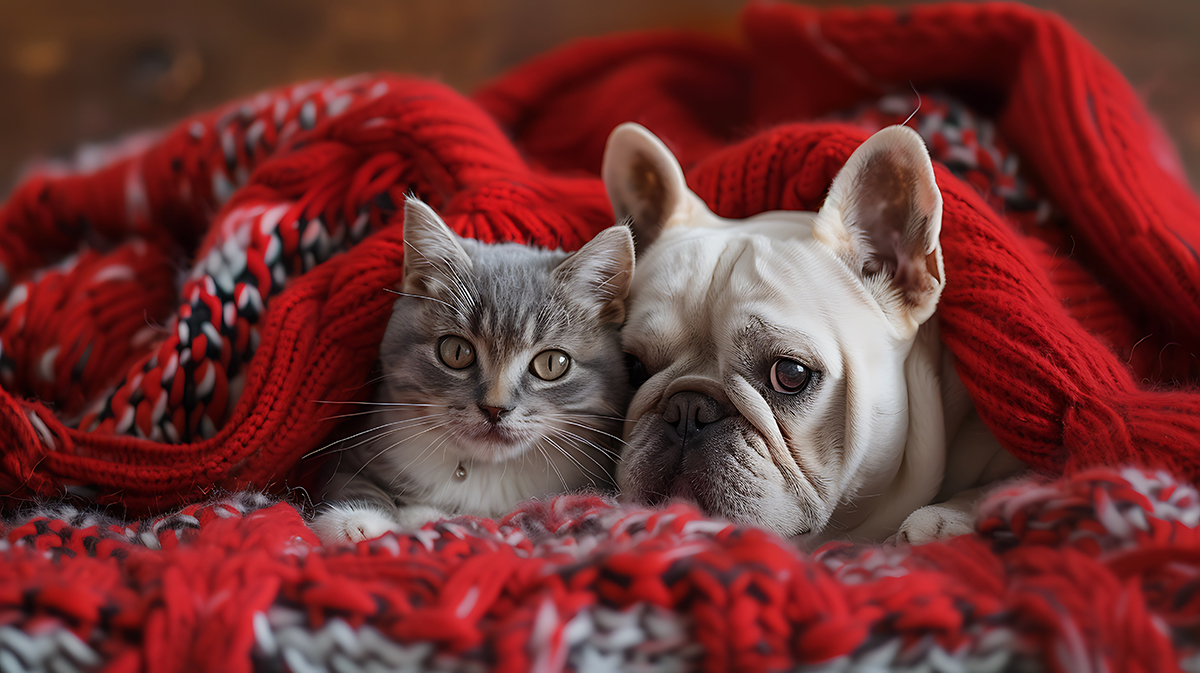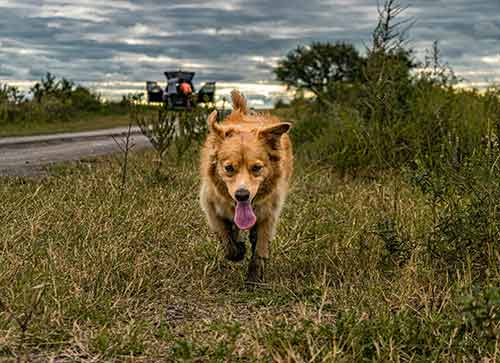 Losing your pet who you love and cherish would be the worst feeling in the world. Imagine if your beloved animal had gone missing and there was nothing you could do about it! Dogs, cats, birds, and other animals escape from their owners all the time! Dr. Whitworth suggest some easy steps to help prevent your animal from getting lost and increase the possibility of finding him or her.
Losing your pet who you love and cherish would be the worst feeling in the world. Imagine if your beloved animal had gone missing and there was nothing you could do about it! Dogs, cats, birds, and other animals escape from their owners all the time! Dr. Whitworth suggest some easy steps to help prevent your animal from getting lost and increase the possibility of finding him or her.
Use a Leash or Have a Means of Containment
It is vital to always keep your animal on a leash or have an invisible or solid fence to lower the chances of him/her escaping when on a walk or outdoors. Make sure to invest in a good leash for your dog. Even if you are simply running to the mailbox or just in the backyard, you never know what could distract your pet. For outdoor animals, fencing is extremely important. It not only ensures your pet’s safety from traffic, becoming lost, encountering other animals or wildlife, or even being “taken”, it can reduce your liability from damage your pet might inflict on someone’s property or other people, particularly if they are panicked and scared. If your dog is quite small, or has perfected the art of escape between a bar structured fence, harnesses are available which can restrict a dog squeezing through the bars. For birds and other types of pets it is important to keep them in their cages and make sure they are locked at all times to keep them from escaping, also.
Pets Should Always Wear a Collar
A good collar needs to fit well in order to keep your pet from slipping out of it and getting loose. It also provides an easy way to identify your animal so it can be returned to you if lost. The collar should have the dog’s name on it and your contact information on it, including your phone number and address. There are lots of very cute and stylish collars; however, it is more important for the collar to be functional over fashionable. You should also regularly check to make sure that the collar still fits your animal because it is likely to stretch out over time, or conversely, if your pet grows or gains weight, the collar may become too tight. You may need to tighten the collar or replace it periodically. If your pet is a slippery one try a body harness style.
Losing Your Pet When Traveling
Losing your pet on vacation can be avoided by following certain precautions. It is important to use secure pet carriers when traveling so your pet doesn’t escape on route. For example, cats have been known to claw their way out of cardboard carriers and dogs can jump out of a car if a window or door is opened. Also, always keep your dogs on a leash while away from home, even if they are trained to come to you. They can easily become lost or encounter dangerous environments in unfamiliar territory. Cats should be placed in cat carriers instead of simply carrying them. This is because cats become very frazzled when removed from their known territory, and they can panic and jump out of your arms. You can avoid all-too common escapes by animals by investing in a cat or dog carrier whenever transporting your animal.
Microchip Your Pets
Modern technology, including microchipping, helps to make sure your pet can be easily found. Microchipping involves implanting a tiny chip under your animal’s skin. All pets can be microchipped, not just dogs and cats. It is harmless and painless. Even if your pet loses its collar, it can still be found by using a scanner and always allows your dog to be identified as yours. The microchip is a worst-case scenario for identifying your dog, so it is not a replacement for a collar and tag with your information. It is a lot easier for someone to contact you through information on a collar, but collars can be torn and fall off, or slipped out of, so microchipping is crucial if your animal gets lost or stolen.
Train Your Pets
Dogs and cats alike need to be trained; however, the way you train them differs. In order to maintain a well-groomed yard and happy dog, you need to invest the time and money to train him or her! Dogs can be trained to keep them from going through gates or across borders; this keeps your dog at home where it belongs. Also, dogs can be trained to not run to or through the door when the doorbell rings! You may need to hire a dog trainer or behaviorist if you have a fence jumper, door rusher, hole digger, or a dog who won’t come when you call them!
Cat can be trained, also! Humane traps are the most successful way of training for your cats and recover your indoor-cat when it escapes. You should teach your cat that humane traps mean food and safety. In order to make a humane trap you should take the trap and prop the door open with a bungee cord or something that will trigger the door to shut when the cat enters the trap. You should feed your cat inside the humane trap, so it enters and leaves without feeling fear. DO NOT use humane traps if your cat is an outdoors cat because pest control companies, apartment complex managers, and cat-hating neighborhoods use humane traps to remove cats from private property.
Take Pictures of Your Pet
Make sure to keep updated pictures of your pet. A lot of people only take pictures of their animals when they first get them; however, it is important to update pictures as they age. Also, many animals, dogs especially, look differently before and after they are groomed or get summer cuts; so it is important to have both before and after pictures to be safe. If lost or stolen, it is appropriate to use the picture of your animal that resembles them most at the time they were last seen. Also, keep pictures of your pet with your vet just in case your pictures get lost or ruined in an emergency situation.
Other Recovery Tips and Prevention Techniques
Spay and neuter your pets. Spayed or neutered pets are less likely to have the urge to “roam” looking for a mate.
Have an emergency plan in case of a natural disaster. In case of a natural disaster like flooding, an earthquake, hurricane, or tornado, it is important to have a plan of what to do with your pet to ensure their safety and recovery if lost or separated from your family!
Prepare a lost pet kit. We have all seen lost animal posters hung up. You should have these posters made and stored at all times, just in case. It is important to have several, big fluorescent REWARD LOST DOG or REWARD LOST CAT on your posters with the most recent image.
Have proof of ownership of your pet. There is no guarantee that if a person finds your pet, that they will be willing to give it back to you without proof of ownership. As previously mentioned, the best method to show that a pet belongs to you is to have it microchipped. Always keep a set of vaccination, purchase or adoption and registration papers (if applicable). Also, photograph any special marking that might identify your pet as yours, as well as photos of you with your pet.
During noisy events, keep your pet calm. During a thunderstorm or a celebration associated with a lot of noise, animals tend to get scared and panicked, so it is important to know how to keep them calm. July 4th and New Year’s Eve are the most likely days that your pet will try to bolt or escape because of the repetitive loud noises from fireworks and firecrackers. Recommendations include: stroking your pet in long, smooth gentle movements; try to stay relaxed yourself; use other sounds to cover up the storm or loud noises; crate pets during the fireworks or let them hide if that is the only thing that will calm them!
If you have any questions about your pets, resources for finding and posting lost pets, and other related information contact Dr. Whitworth at Whitworth Animal Clinic. We are located in Madison, Alabama and serve patients from Madison, Huntsville, and surrounding Madison County areas.


